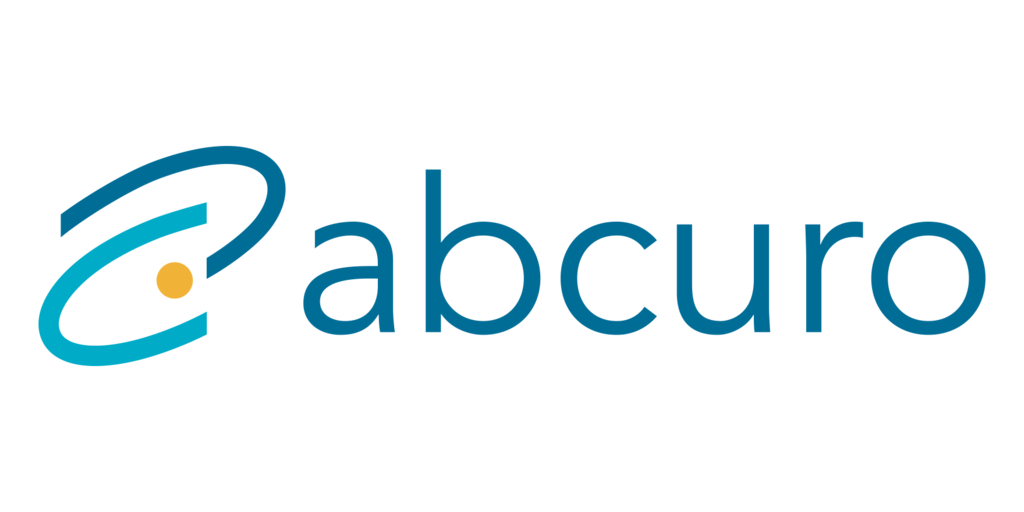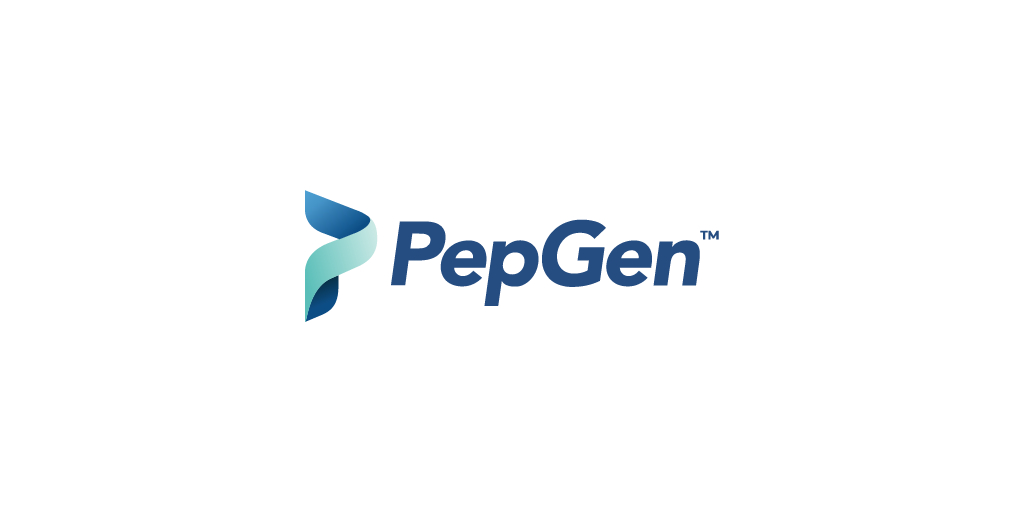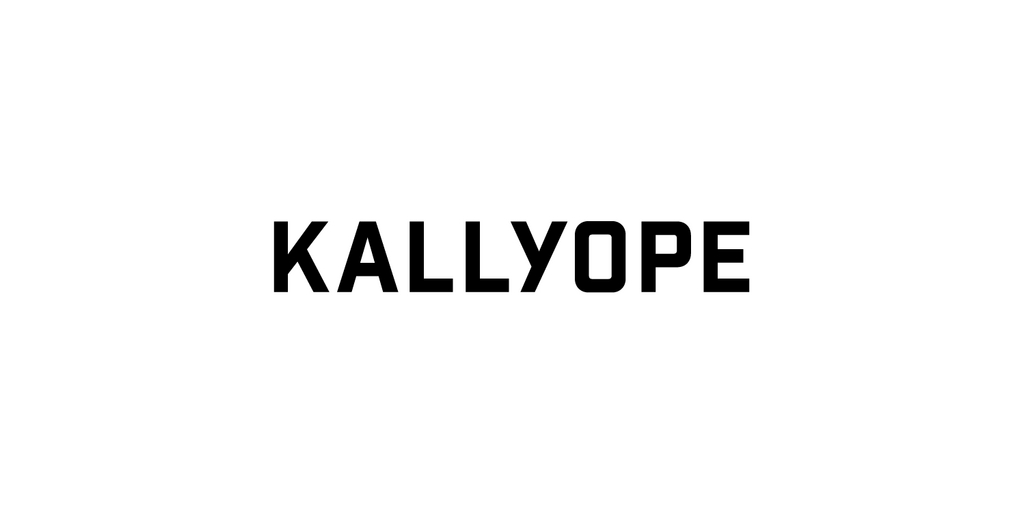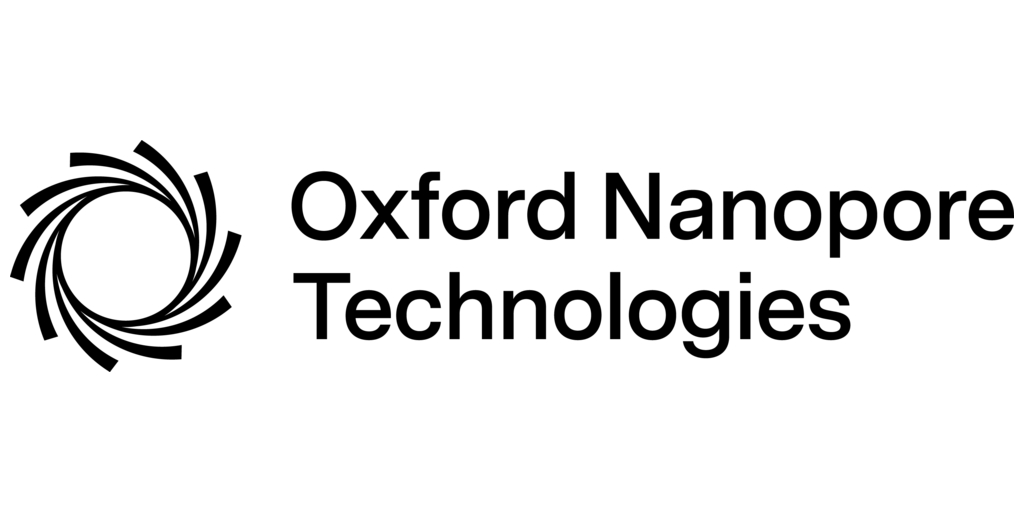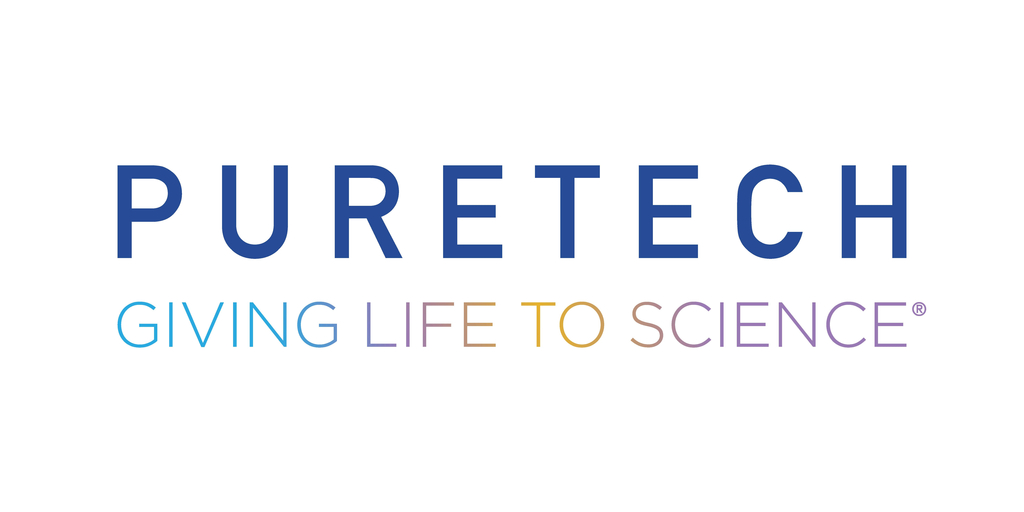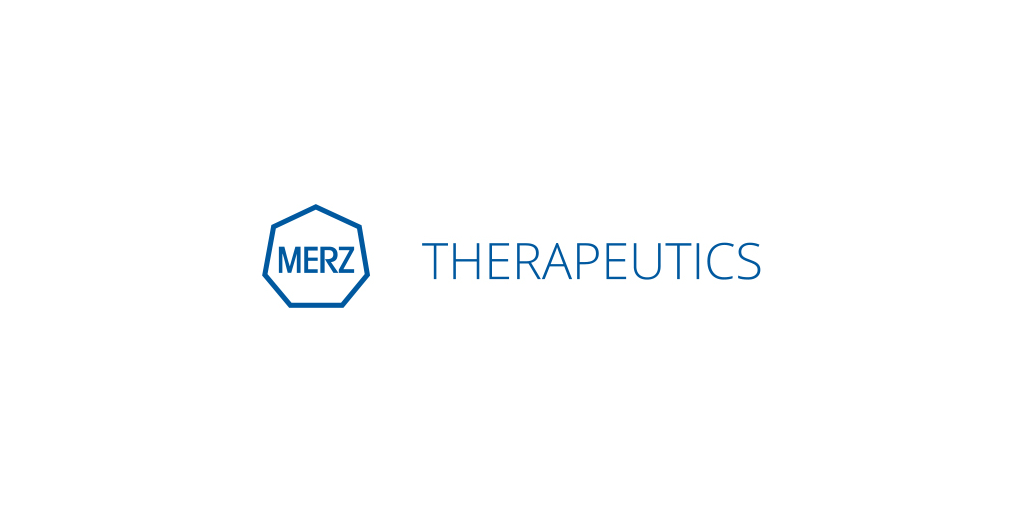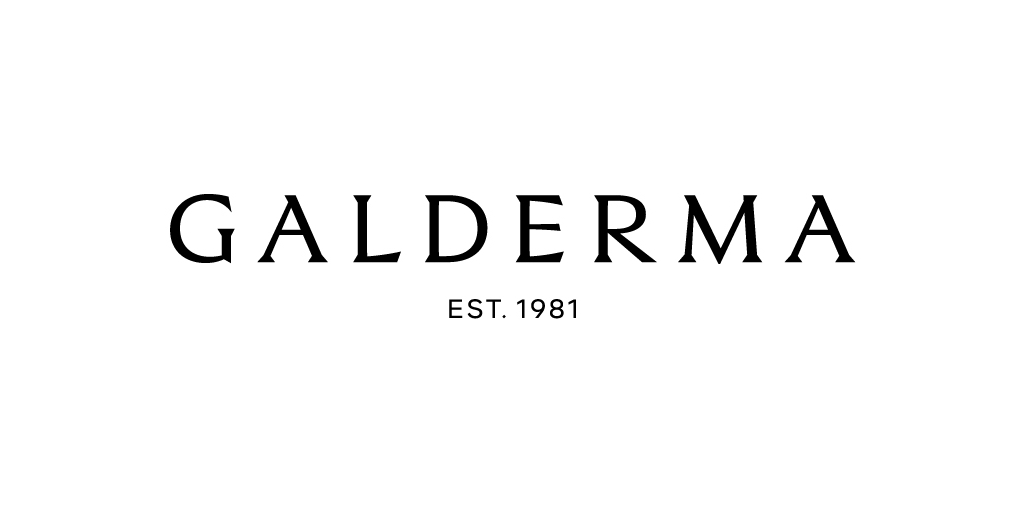Sonrotoclax Data at ASH 2025 Confirm Foundational Potential Across B-cell Malignancies
Sonrotoclax Data at ASH 2025 Confirm Foundational Potential Across B-cell Malignancies
Novel BCL2 inhibitor sonrotoclax monotherapy demonstrates deep and durable clinical responses in R/R MCL and R/R CLL
Sonrotoclax in combination with BRUKINSA demonstrated rapid MRD negativity in treatment-naive CLL, regardless of high-risk features
SAN CARLOS, Calif.–(BUSINESS WIRE)–$ONC #BeOne—BeOne Medicines Ltd. (Nasdaq: ONC; HKEX: 06160; SSE: 688235), a global oncology company, today announced new data on sonrotoclax, a next-generation investigational BCL2 inhibitor, demonstrating meaningful clinical benefit as monotherapy and in combination across B-cell malignancies. These data were featured at the 67th American Society of Hematology (ASH) Annual Meeting & Exposition in Orlando, Florida. The five presentations highlight durable responses in heavily pretreated patients with relapsed/refractory (R/R) mantle cell lymphoma (MCL) and additional studies showing deep, rapid, and sustained undetectable minimal residual disease (uMRD) rates with sonrotoclax-based combinations in patients with treatment-naive chronic lymphocytic leukemia (CLL), highlighting the foundational potential of this medicine.
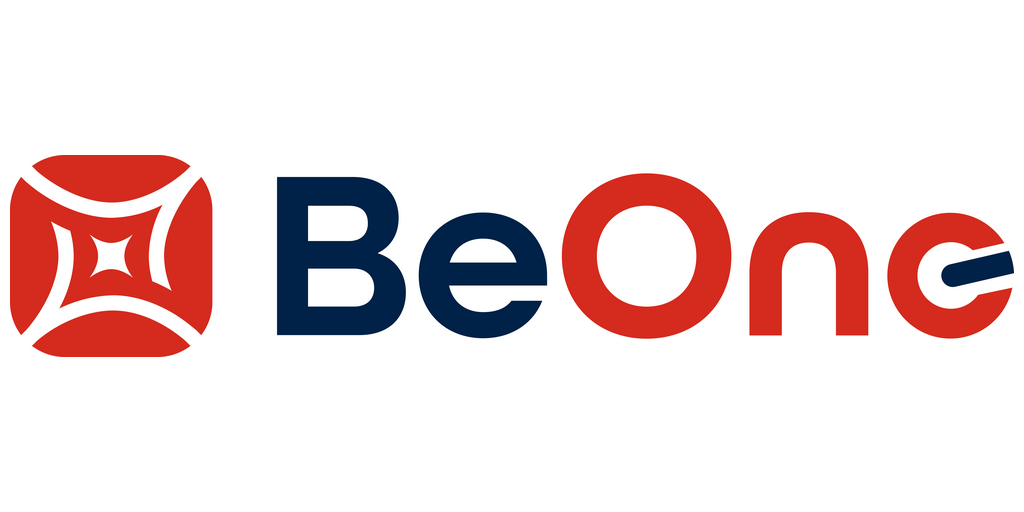

“The data we’re presenting at ASH 2025 are redefining what physicians can expect from sonrotoclax as a next-generation BCL2 inhibitor,” said Amit Agarwal, M.D., Ph.D., Chief Medical Officer, Hematology, BeOne. “Our data demonstrates that sonrotoclax has succeeded where others have failed, achieving deep and durable responses as a monotherapy in both R/R CLL and MCL and notably fast kinetics as a combination therapy in treatment-naïve CLL. With these results, we believe sonrotoclax will become a foundational medicine in B-cell malignancies, potentially transforming outcomes for patients worldwide.”
Sonrotoclax could become the first BCL2 inhibitor indicated for R/R MCL in the U.S., based on data showing an overall response rate (ORR) of 52.4%. (Oral Presentation: 663; December 7 from 5:00-5:15 PM EST)
In this Phase 1/2, global, multicenter, single-arm, open-label study (NCT05471843), ORR by IRC was 52.4% (95% CI, 42.4-62.4) with a complete response (CR) rate of 15.5% (95% CI, 9.1-24.0) in patients with R/R MCL post-treatment with anti-CD20 therapy and a BTK inhibitor treated with 320 mg of sonrotoclax (n=103). Notably, ORR by IRC benefit was consistent across patients with high-risk disease subtypes, including patients with TP53 mutation, a key prognostic marker for MCL. In this patient group, ORR by IRC was 59.1% (95% CI, 36.3-79.3).
At a median study follow-up of 14.2 months (range, 0.3-24.9 months), the median duration of response (DOR) by IRC was 15.8 months (95% CI, 7.4 months-NE) and has yet to reach full maturity. The median time to response (TTR) was 1.9 months (range 1.6-6.5 months), and the median progression-free survival (PFS) was 6.5 months (95% CI: 4.0-10.4).
Treatment with sonrotoclax monotherapy was generally well tolerated, and adverse events were manageable. The most common grade ≥3 treatment-emergent adverse events (TEAEs) in greater than 10% of patients were neutropenia (19.1%), infections (16.5%), and pneumonia (10.4%).
These data are under Priority Review by the U.S Food and Drug Administration for potential accelerated approval.
“Achieving deep and durable responses in relapsed or refractory mantle cell lymphoma after BTK inhibitor therapy has been a long-standing challenge,” said Michael Wang, M.D., Professor, Department of Lymphoma and Myeloma, The University of Texas MD Anderson Cancer Center, and presenting author of the study. “In this analysis, sonrotoclax monotherapy demonstrated meaningful and lasting responses in heavily pretreated patients, including those with high-risk disease. These findings are highly encouraging and suggest this next-generation BCL2 inhibitor could play a foundational role in improving outcomes for patients with limited treatment options.”
Sonrotoclax combinations demonstrate fast responses with unmatched uMRD rates and notably better kinetics than current options
BGB-11417-101 (NCT04277637) is an ongoing, phase 1/1b, dose-escalation/expansion study in patients with B-cell malignancies. Results presented at ASH showcase data from sonrotoclax combinations in patients with treatment-naive (TN) CLL/SLL. Notable highlights include:
-
Sonrotoclax plus zanubrutinib (Poster Presentation: 3891)
-
In 135 efficacy-evaluable patients, ORR was 100%, with CR/CR with incomplete count recovery (CRi) in 55% of the 320-mg cohort. Median TTR was 2.6 months (range, 1.5-10.8 months).
-
At 48 weeks of combination treatment, the uMRD4 rate in the 320-mg cohort was 91% and uMRD rates continue to increase over time, with 98% of patients achieving uMRD4 by 96 weeks.
-
Median time from the initiation of the combination to uMRD4 was 4.5 months.
-
With a median study follow-up of 30.9 months, no progression events have been observed in the 320-mg cohort, including in the 40% of patients (34 patients) who had electively discontinued treatment.
-
The combination was generally well tolerated, with no TEAEs leading to death, or clinical or laboratory tumor lysis syndrome (TLS).
-
Sonrotoclax plus obinutuzumab (Oral Presentation: 793)
-
In the 320 mg efficacy-evaluable cohort (n=30), the ORR was 93%, with CR/CRi in 43% of patients.
-
The median time from reaching sonrotoclax target dose to uMRD was 2.3 months (range, 1.4-5.6 months) in the 320-mg cohort.
-
The combination was generally well tolerated, with no sonrotoclax discontinuations or deaths due to TEAEs.
-
Updated efficacy and safety data will be presented on Monday, December 8, 10:30 AM–10:45 AM EST.
-
Sonrotoclax plus zanubrutinib and obinutuzumab (Poster Presentation: 3890)
-
In 15 efficacy-evaluable patients, the ORR was 100%, with a CR/CRi rate of 40%.
-
Of the MRD-evaluable patients (n=10), 100% achieved uMRD4, discontinued treatment as mandated by the protocol, and remain in remission; 80% of patients achieved uMRD6.
-
With a median study follow-up of approximately 18.0 months, no PFS events have occurred.
-
The combination was generally well tolerated, and no deaths or discontinuations of any study drug due to TEAEs were observed.
Sonrotoclax monotherapy achieves an ORR by IRC of 76%, with a CR/CRi of 19%, in patients with R/R CLL/SLL, demonstrating rapid and deep responses (Poster Presentation: 5666)
BGB-11417-202 (NCT05479994) is an open-label, phase 2, and a potential registrational study evaluating the efficacy and safety of sonrotoclax in 100 heavily pretreated patients with R/R CLL/SLL. At a median follow-up of 14.4 months (range, 0.2-27.5 months), primary analysis results show:
-
Similar ORR and CR responses were seen in patients with unmutated IGHV, del(17p) and/or TP53 mutation, and BTK mutation. Median TTR was 3.7 months (range, 1.3-11.1 months).
-
The best blood uMRD rate was 49.0% (n=49/100). Median time to blood uMRD4 was 5.8 months (range, 3-12 months).
-
Sonrotoclax monotherapy was well tolerated, and toxicities were manageable and no clinical TLS occurred.
-
Updated data from the abstract will be presented on Monday, December 8, 6:00-8:00 PM EST. Additionally, these data are under review by China’s National Medical Products Administration (NMPA) for potential accelerated approval.
For more information about our presence at the 2025 ASH Annual Meeting and Exposition, please visit our meeting hub: congress.beonemedicines.com.
About Mantle Cell Lymphoma
Mantle cell lymphoma (MCL) is a rare subtype of aggressive B-cell non-Hodgkin lymphoma (NHL)1 that develops in B-cells located in the mantle zone of the lymph nodes. MCL accounts for approximately 5% of all NHL cases globally2, affecting an estimated 28,000 people3. MCL is often diagnosed at advanced stages4 and nearly all MCL patients will eventually develop refractory or relapsed (R/R) disease.5 The five-year survival rate for MCL is approximately 50%, reflecting the urgent need for new therapeutic options.6
About Chronic Lymphocytic Leukemia
Chronic lymphocytic leukemia (CLL) is a life-threatening cancer of adults. It is a type of mature B-cell malignancy in which abnormal leukemic B lymphocytes (a type of white blood cells) arise from the bone marrow and flood peripheral blood, bone marrow, and lymphoid tissues.7,8 CLL is the most common type of leukemia in adults, accounting for about one-third of new cases.2,9
About Sonrotoclax (BGB-11417)
Sonrotoclax is a next-generation and potentially best-in-class investigational B-cell lymphoma 2 (BCL2) inhibitor with a unique pharmacokinetic and pharmacodynamic profile. Laboratory studies during early drug development have shown that sonrotoclax is a highly potent and specific BCL2 inhibitor with a short half-life and no drug accumulation. Sonrotoclax has shown promising clinical activity across a range of B-cell malignancies and is in development as a monotherapy and in combination with other therapeutics, including BRUKINSA. Notably, in early clinical trials, sonrotoclax plus BRUKINSA has demonstrated rapid and unprecedented rates of undetectable minimal residual disease (uMRD) in treatment-naïve patients with CLL. To date, more than 2,200 patients have been enrolled across the broad sonrotoclax global development program.
The U.S. Food and Drug Administration (FDA) granted Breakthrough Therapy Designation (BTD) for sonrotoclax for the treatment of adult patients with relapsed or refractory (R/R) mantle cell lymphoma (MCL). In addition, the FDA has granted sonrotoclax Fast Track Designation for MCL and Waldenström macroglobulinemia, as well as Orphan Drug Designation for the treatment of adult patients with MCL, WM, multiple myeloma, acute myeloid leukemia, and myelodysplastic syndrome.
The information provided in this press release is intended for a global audience.
About BeOne
BeOne Medicines is a global oncology company domiciled in Switzerland that is discovering and developing innovative treatments that are more accessible to cancer patients worldwide. With a portfolio spanning hematology and solid tumors, BeOne is expediting development of its diverse pipeline of novel therapeutics through its internal capabilities and collaborations. With a growing global team of nearly 12,000 colleagues spanning six continents, the Company is committed to radically improving access to medicines for far more patients who need them.
To learn more about BeOne, please visit www.beonemedicines.com and follow us on LinkedIn, X, Facebook and Instagram.
Forward-Looking Statement
This press release contains forward-looking statements within the meaning of the Private Securities Litigation Reform Act of 1995 and other federal securities laws, including statements regarding the potential benefits of sonrotoclax; BeOne’s expectations regarding sonrotoclax’s clinical development, regulatory milestones, submissions and approvals; and BeOne’s plans, commitments, aspirations and goals under the caption “About BeOne.” Actual results may differ materially from those indicated in the forward-looking statements as a result of various important factors, including BeOne’s ability to demonstrate the efficacy and safety of its drug candidates; the clinical results for its drug candidates, which may not support further development or marketing approval; actions of regulatory agencies, which may affect the initiation, timing and progress of clinical trials and marketing approval; BeOne’s ability to achieve commercial success for its marketed medicines and drug candidates, if approved; BeOne’s ability to obtain and maintain protection of intellectual property for its medicines and technology; BeOne’s reliance on third parties to conduct drug development, manufacturing, commercialization, and other services; BeOne’s limited experience in obtaining regulatory approvals and commercializing pharmaceutical products; BeOne’s ability to obtain additional funding for operations and to complete the development of its drug candidates and achieve and maintain profitability; and those risks more fully discussed in the section entitled “Risk Factors” in BeOne’s most recent quarterly report on Form 10-Q, as well as discussions of potential risks, uncertainties, and other important factors in BeOne’s subsequent filings with the U.S. Securities and Exchange Commission. All information in this press release is as of the date of this press release, and BeOne undertakes no duty to update such information unless required by law.
To access BeOne media resources, please visit our Newsroom.
|
_____________________________
1 Jain, P., and Wang, M. L. (2022). Mantle cell lymphoma: 2022 update on diagnosis, risk stratification, and clinical management. American Journal of Hematology, 97(5), 638–656. https://doi.org/10.1002/ajh.26523
2 Ferlay, J., et al. (2024). Global Cancer Observatory: Non-Hodgkin Lymphoma. International Agency for Research on Cancer. https://gco.iarc.who.int/media/globocan/factsheets/cancers/34-non-hodgkin-lymphoma-fact-sheet.pdf
3 Association of Community Cancer Centers. Relapsed/Refractory Mantle Cell Lymphoma. https://www.accc-cancer.org/home/learn/cancer-types/hematologic-malignancies/mcl
4 Cencini, E., et al. (2024). Survival outcomes of patients with mantle cell lymphoma: A retrospective, 15-year, real-life study. Hematology Reports, 16(1), 50–62. https://doi.org/10.3390/hematolrep16010006
5 Burkart, M., and Karmali R. (2022). Relapsed/refractory mantle cell lymphoma: Beyond BTK inhibitors. Journal of Personalized Medicine, 12(3), 376. https://doi.org/10.3390/jpm12030376
6 Cleveland Clinic. (2023). Mantle cell lymphoma. https://my.clevelandclinic.org/health/diseases/24030-mantle-cell-lymphoma
7 National Cancer Institute. Chronic Lymphocytic Leukemia Treatment (PDQ)–Patient Version. Accessed November 2024. https://www.cancer.gov/types/leukemia/hp/cll-treatment-pdq.
8 American Cancer Society. What is Chronic Lymphocytic Leukemia? Updated May 10, 2018. Accessed November 2024. https://www.cancer.org/cancer/types/chronic-lymphocytic-leukemia/about/what-is-cll.html.
9 American Cancer Society. Key Statistics for Chronic Lymphocytic Leukemia. Updated July 1, 2024. Accessed November 2024. https://www.cancer.org/cancer/types/chronic-lymphocytic-leukemia/about/key-statistics.html.
|
Contacts
Investor Contact
Liza Heapes
+1 857-302-5663
ir@beonemed.com
Media Contact
Kyle Blankenship
+1 667-351-5176
media@beonemed.com

